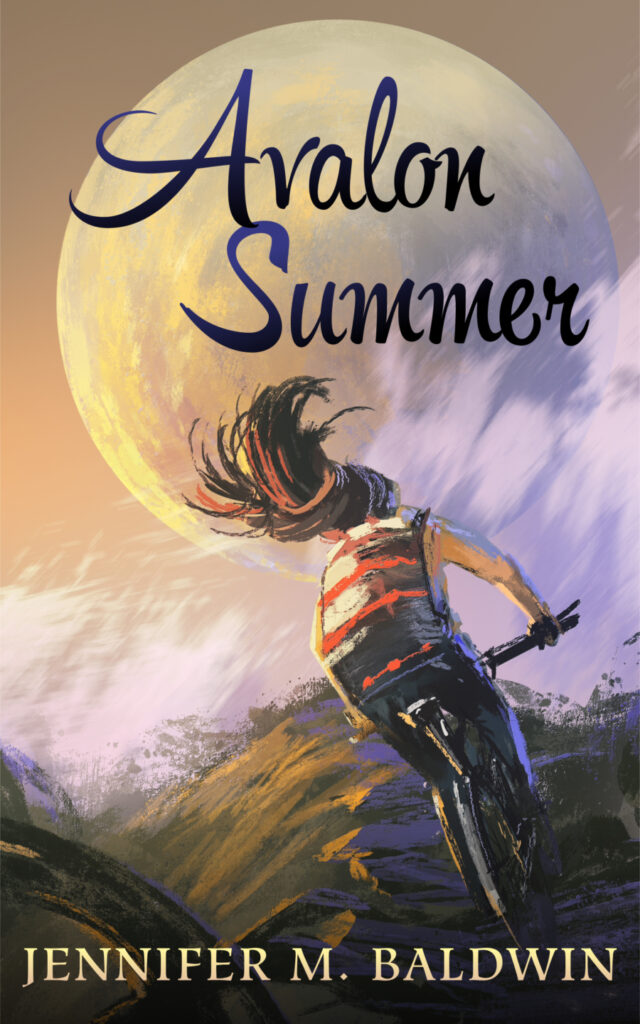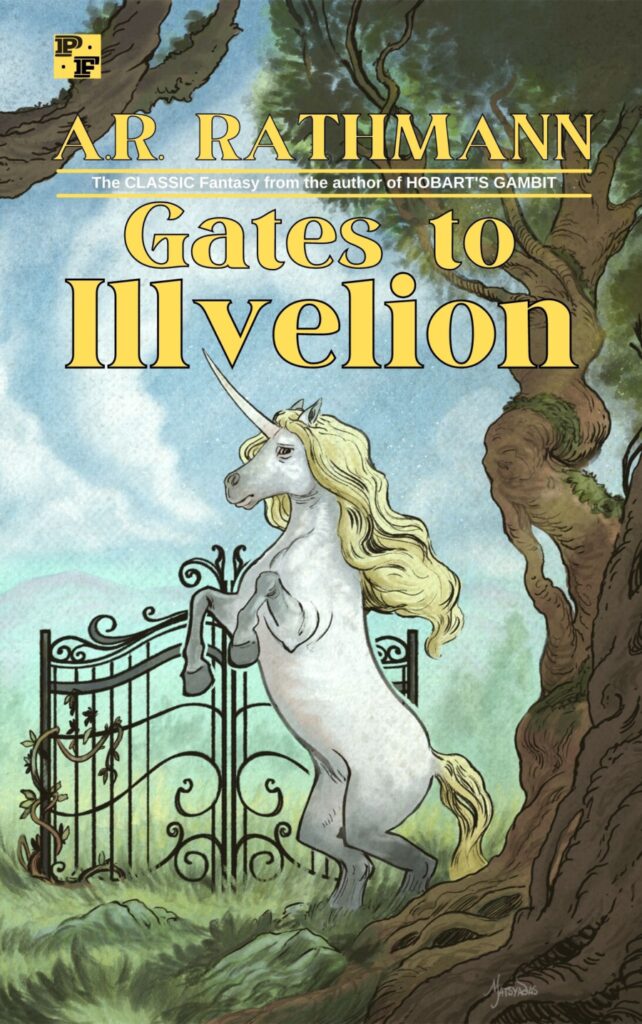I’ve been stuck in a mire with my fiction writing lately. I’m almost finished with a short story, “The Wind Masters,” and I’ve started another story called “Things” (that’s a working title), but my imagination has been pretty dry recently. It’s been hard to conjure images in my mind.
So I’ve decided to practice a new habit: Creativity Hour. I’m pretty sure this comes from James Scott Bell in his book on plot structure; the basic idea is that a writer should spend some dedicated time each week coming up with ideas.
A few months ago, I made a list of activities that could help me with generating ideas and images (I’m like C.S. Lewis in that way: I start with a picture in my mind), and then when it’s “Creativity Hour” time, I can pick an activity or two to do for about an hour.
I usually work in my writer’s notebook for these sessions. Sometimes I’ll listen to evocative music and write down the images that come to mind. Sometimes I’ll do a “Try Ten” and makes lists. Other times I’ll just free-write, or ask myself, “What do I want to write about right now?” I might also look at cool artwork and get ideas from the images.
Today I tried using random tables from some of my RPG books to generate ideas. The fantastic Dungeon Alphabet, the Monster Alphabet, issue #2 of the Wormskin zine, the Lazy DM’s Cheat Sheet. After about 30 minutes of messing around, I ended up on the psychedelics table in Wormskin, and then the ideas started to flow. I thought about scenes for my Norse-inspired story, “Things,” and started the seedlings of other stories and characters (one that I particularly like is a dragon with piercing white eyes without pupils).
Anyway, it was neat seeing how these random tables for role-playing games could be used to inspire my fiction. I’m not particularly interested in using my homebrew DCC RPG campaign as fodder for a novel or anything; instead, it’s more about the randomness of the tables being a nice way to challenge my imagination, improvising and mixing together disparate elements. The randomness opens up my imagination, makes me think: How can I fit this into my current work-in-progress? How can I use this to tell a *new* story? How can I combine these two seemingly unrelated things into something whole?
Random tables serve as a kind of tonic for the imagination. They can give a jolt of energy to an over-tired, dulled mind.



Leave a Reply